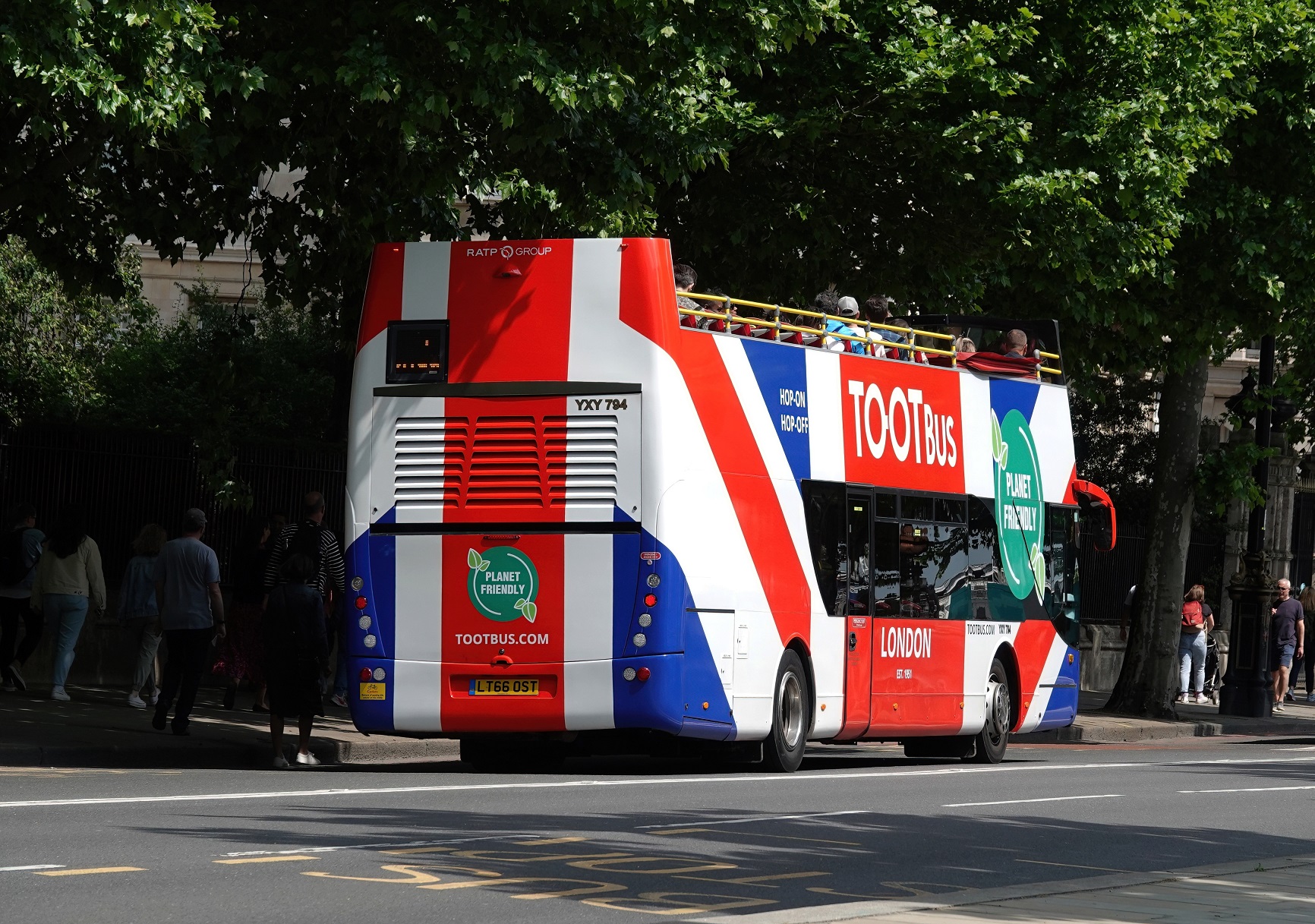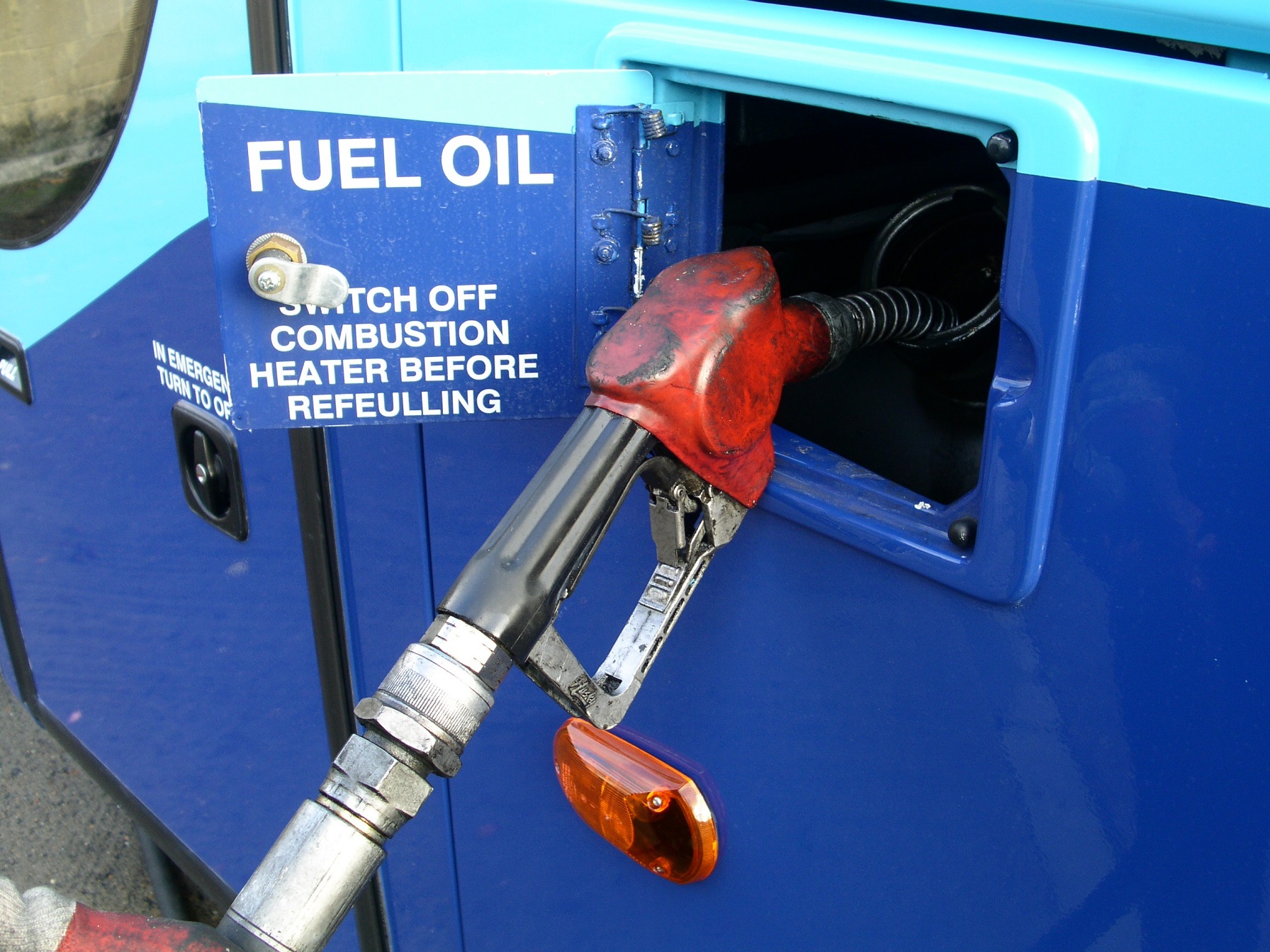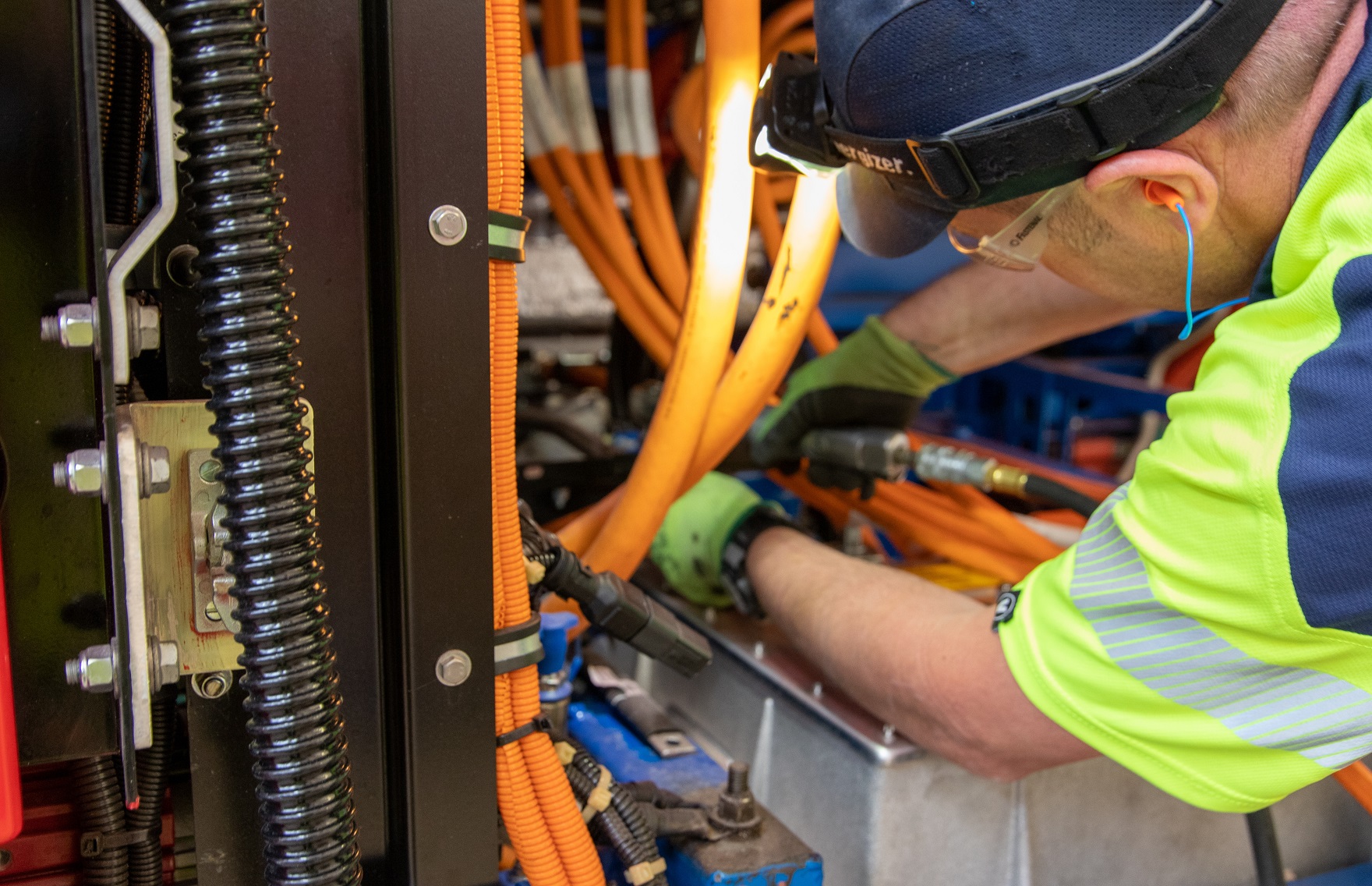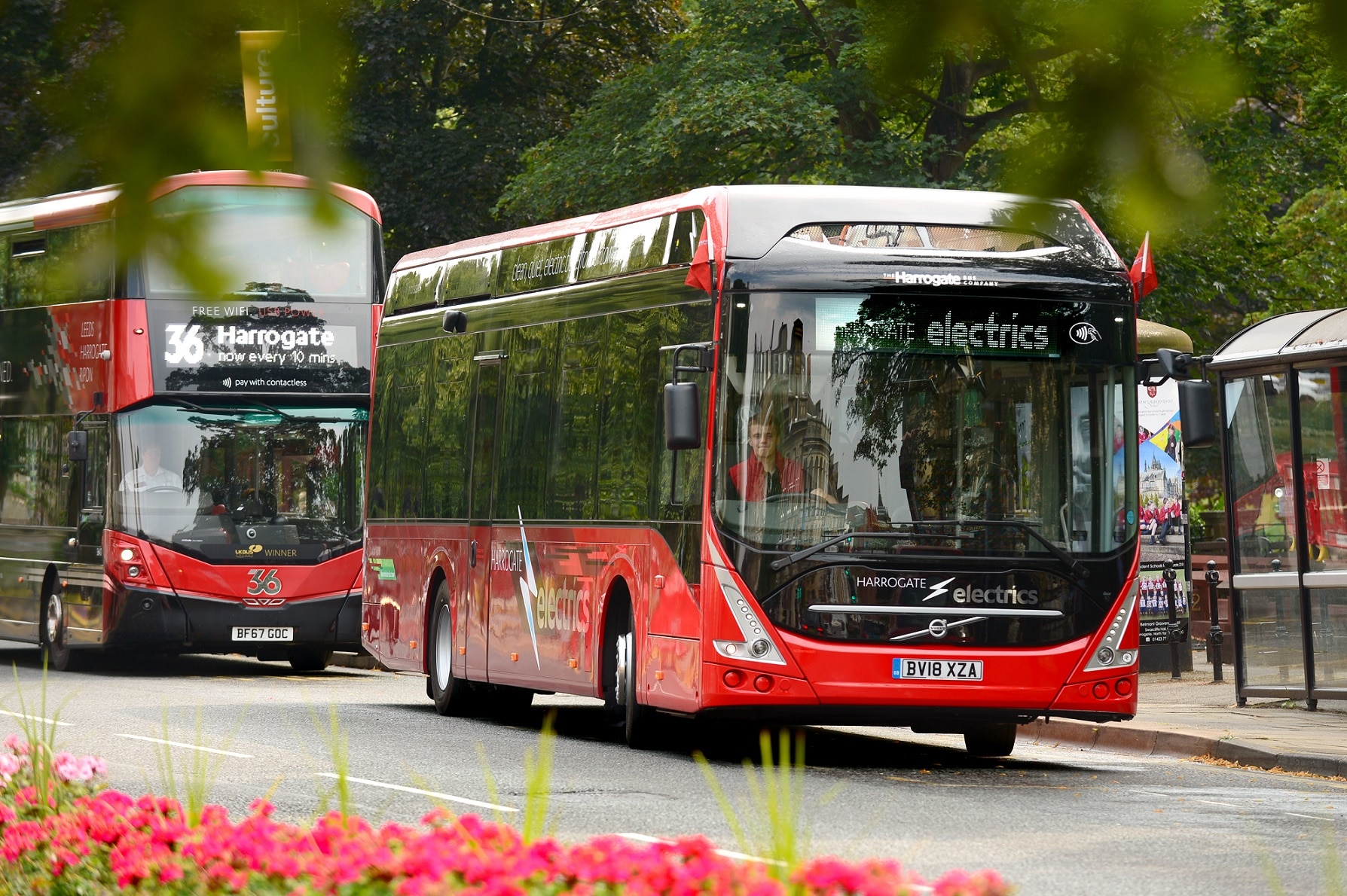Decarbonising the more challenging areas of the coach and bus industry will be difficult. For coaches, zero-emission technology is presently limited to one model in the UK market, and concerns around infrastructure in applications that lack fixed routes or usage profiles are well known. For bus operators that lack third-party funding, those hurdles largely relate to infrastructure and finance.
Recent work by Zemo Partnership shone a further light on the potential for hydrotreated vegetable oil (HVO) to displace diesel and vastly reduce the environmental footprint of vehicles in those sectors ahead of an eventual shift to full zero-emission.
In 2019, global road transport organisation IRU identified that alongside other biofuels, HVO represents a viable way in which to open decarbonisation of the coach sector through a paper, Coach of the Future.
Via a report, Decarbonising Heavy Duty Vehicles and Machinery, Zemo has now presented to the government an illustration of how with modest financial support, biofuels could be leveraged as a ‘halfway house’ to zero-emission in many heavy-duty vehicle scenarios.
The public-private partnership believes that sustainably verified biofuels including HVO have “immense potential” to reduce greenhouse gas (GHG) emissions in the short- and medium-term. At the time of writing, ministers had not responded.
If funding was to come, it could build on accelerating progress with HVO among HGV businesses and develop the fuel as a realistic alternative for the passenger sector. One bus operator that is already heavily invested in HVO describes it as “simple” to introduce as part of positive feedback on the fuel (see below).
HVO is ‘drop in’ replacement for diesel fuel
HVO is a renewable liquid fuel. That available in the UK is produced from waste-based feedstocks and does not include palm oil. It is a ‘drop-in’ diesel replacement and the two can be mixed as required, in either bulk storage or the vehicle tank. Indeed, that potential to blend the two is a big strength of HVO in being able to reduce carbon emissions quickly, says Scania UK Head of Sustainability Tanya Neech.

Use of HVO in coach and bus is not a new development. Many Euro V and VI engines from multiple manufacturers are already OEM-certified for its use.
A trial in 2018 involving Lucketts Travel and Scania among other stakeholders showed that HVO delivered a major reduction in CO2 equivalent emissions when compared to fossil diesel.
Work by Zemo Partnership underlines the acknowledged point that HVO produced from feedstock waste reduces overall GHG emissions by up to 90%. Carbon monoxide, particulate matter and NOx equivalent outputs are also lower than like-for-like diesel engines, the exercise involving coaches with Lucketts Travel demonstrated.
Financial impact of HVO fuel currently its biggest detraction
All sounds good so far, but HVO as it stands comes with downsides, too. It cannot necessarily be used in all older, pre-Euro V/VI engines. The trial with Lucketts showed that consumption was 3% higher than a like-for-like diesel, and the renewable fuel also comes with a price penalty. That will remain without government action, explains Zemo Partnership Head of Sustainability Gloria Esposito, as HVO is tied to diesel.
The latter two negatives mean that the total cost of ownership (TCO) of a vehicle that burns HVO is higher than that for a comparable diesel.
Zemo says that wider adoption of renewable fuels such as HVO and biodiesel is required in heavy-duty vehicles and machinery “if we are to achieve government’s interim and long-term carbon reduction goals.” Its report notes that adoption in those sectors of low-carbon alternatives to diesel that are more expensive than the fossil fuel “is challenging” owing to tight financial margins among operators.
It has thus put forward an illustrative indication of how a 15ppl fuel duty discount for renewable diesel alternatives could drive demand and reduce carbon emissions.
That level of reduction is described by Zemo as being “the ‘sweet spot’” that would allow operators to deliver significant carbon savings at minimal cost to the Treasury, with duty reductions matching the value of those environmental benefits.
Renewable fuels ‘a milestone’ on sustainability journey
An earlier issue with HVO was availability, but at current demand levels, that has abated since the 2018 trial. Alongside bulk suppliers, Shell offers the fuel as part of its TapUp service.

That sees one of the supplier’s dedicated vans arrive with an operator’s vehicle and replenish its tank as and where required.
As an example of HVO’s growing reach in HGVs, delivery company DPD has committed to switching its entire 1,600-strong fleet by the end of 2023.
Such announcements from freight operators “seem like they come every other week,” says Tanya.
Feedback from users of HVO in Scania vehicles is rare. “That is good news,” she adds, citing another such freight business that is utilising HVO as part of an aggressive sustainability strategy.
“For me, renewable fuels are about getting to the next milestone on a sustainability journey,” Tanya continues. “We know where we are going ultimately, but if an operator has a net zero plan or another roadmap for where it will go over the coming 10-15 years, there must be a path that it is following to reach those milestones.”
While 100% HVO can be used in more engines, the opportunity to blend biofuels with fossil diesel is equally important, she adds. “100% is awesome, but if every operator simply increased the blended content across all fuel use, then it would impact more and share the savings.” There is also potential for HVO to be blended with biodiesel.
Fuel duty discount key to biofuels, says Zemo
Arguments for use of HVO as part of sustainability strategies are many, but Zemo’s report identifies that tricky economics of its utilisation as a fuel represent the principal disincentive to wider adoption. HVO is taxed on the same basis as fossil diesel. Modelling by Zemo confirms that TCO of a HVO-fuelled heavy-duty vehicle is higher than for a diesel, although that uplift reduces when blends with diesel are used.
“Zemo’s engagement with fleet operators revealed that a fiscal incentive, linked to fuel duty, would be highly advantageous, increasing the commercial case for running their vehicles on higher blends of low-carbon liquid distillate fuels such as HVO and biodiesel,” the report states. It aims to demonstrate to government how a fiscal incentive could be shaped and how such a step would reduce GHG emissions.

The illustrative exercise by Zemo involves a fuel duty discount that captures those renewable fuels.
It would be scaled according to the bio proportion of the blend, with a minimum renewable content of 20% required to qualify.
Various other conditions are in play, including GHG emissions saving threshold and sustainability standards. If adopted, the discount would be received by the company that supplies the fuel and pays fuel duty.
Under the illustrative scale, fuels with a 100% renewable blend would attract the 15ppl duty discount; those at 20% would receive 3ppl.
The tapered reduction brings down the TCO uplift significantly, although Gloria cautions that ongoing volatility in the diesel market may have impacted Zemo’s published calculations since they were made. “A 15ppl discount would still lead to a slight TCO increase, but feedback is that it would then be at an acceptable position,” she explains.
Sustainability ‘a powerful message’ for any business
While the potential for HVO and other biofuels to reduce a coach or bus operation’s environmental footprint are beyond question, Tanya notes that value for operators can also be had by ensuring that their customer base and the wider public know that such steps are being taken.
“If we have coaches and buses carrying young people, and they are aware of what the operator is doing and why [with biofuels], that is a strong message,” she says. “If I was a young person and I knew that the operator had a clear motive to help tackle climate change, I would see it as a powerful statement.”
That is notwithstanding the views of local authorities and other customers on whether they would consider paying more for a HVO-fuelled vehicle. “All of those are motivations, and they could have a trickle effect on how the industry is viewed,” Tanya concludes.
The operator’s experience: Running buses on HVO
Sightseeing operator Tootbus London transitioned all 37 of its non-zero-emission double-deckers to HVO in early 2022. The shift went well and continues to do so, says Head of Operations – London and Windsor Ben Parry. He notes that the only complication was acceptance of the higher cost of HVO.

“Making the switch could not have been simpler,” Ben continues. “We did not need to drain and clean either the depot tanks or those on the buses, and we have seen no difference in vehicle performance.
“One of our objectives for 2022 was to move to HVO and we delivered that early in the year.”
As a subsidiary of RATP Dev, Tootbus London has a strong focus on sustainability. “That is a key tenet of our business,” Ben continues. The eventual aim is to have a fully zero-emission fleet, but that will come gradually and with a major up-front cost implication. Use of HVO to bridge the gap between fossil diesel and zero-emission “was an obvious choice for us,” he adds.
The 37 HVO-fuelled double-deckers operate from Tootbus’s Wandsworth depot alongside two battery-electric examples. At peak, three buses travel to Windsor and the rest run in London. The internal combustion engine-equipped examples are from a variety of manufacturers, and all are Euro VI compliant, including via retrofit. The operator switched from B20 biodiesel.
Availability of HVO is not an issue, Ben adds; Tootbus has relationships with a handful of suppliers, but it most commonly uses Watson Fuels. Ordering and delivery is handled in the same way as diesel would be.
Furthering the argument that sustainability moves can benefit an operator’s business, Tootbus soon found that its work in that area was recognised by the market. HVO-fuelled vehicles have received green-based branding on top of the Union Jack-themed livery. Ben is sure that trade has been generated as a result.

Thus far, it has proved difficult to compare fuel consumption of HVO against diesel because 2022 does not sit easily as a like-for-like year.
Ben says that no obvious difference has manifested itself, although he cautions that the Tootbus operating profile is one where average speeds and daily mileages are low. Its results may thus not be the same in different applications.
Would Tootbus recommend HVO to other operators? Yes, is Ben’s answer, caveated with the importance of understanding that presently it attracts a price premium to diesel. The renewable fuel sits nicely with the operator’s sustainability strategy and requires no changes to its operating style. “Using HVO is straightforward,” he concludes.

























